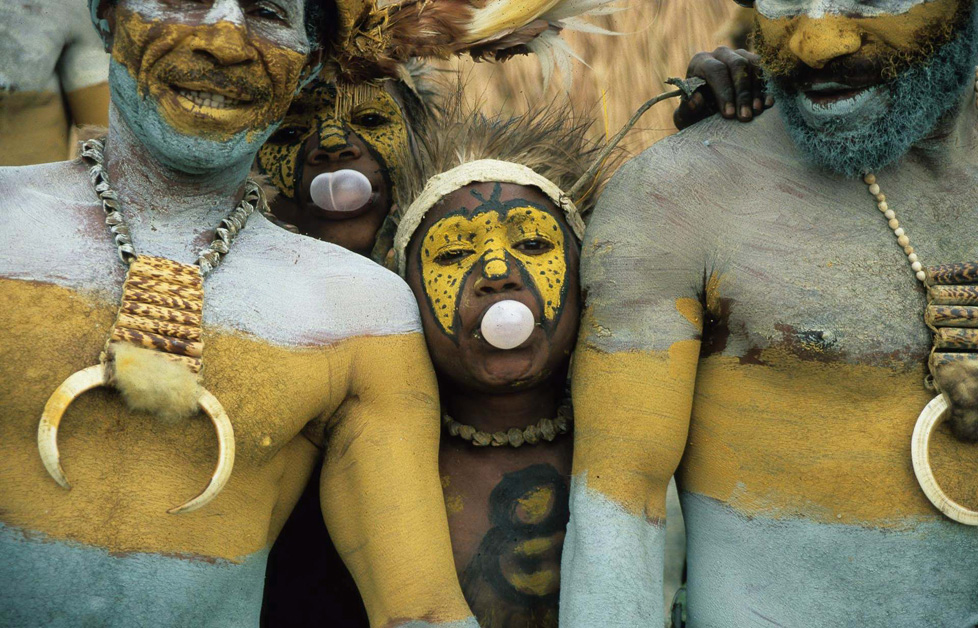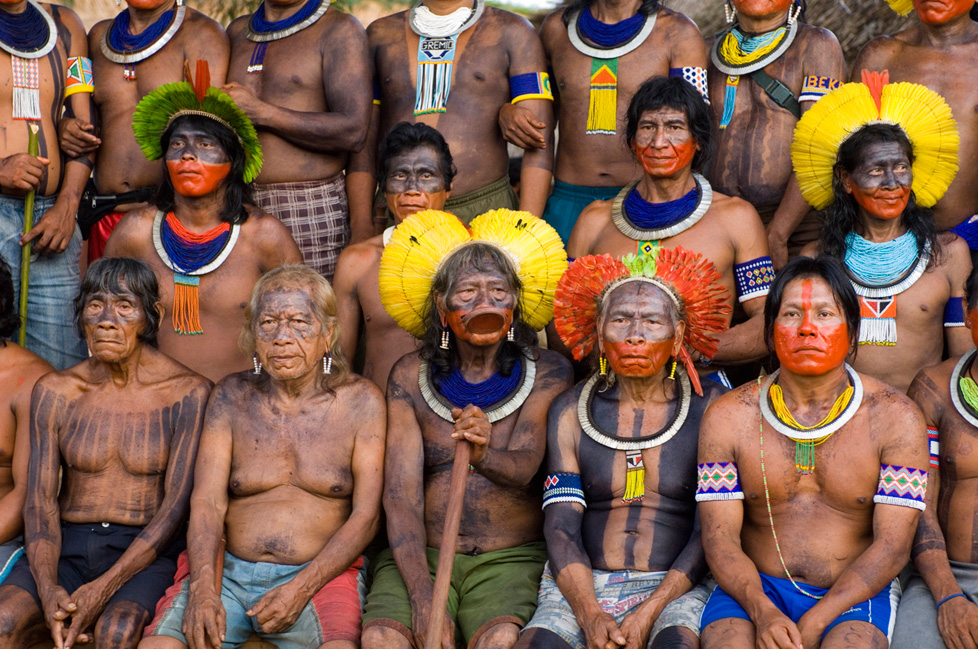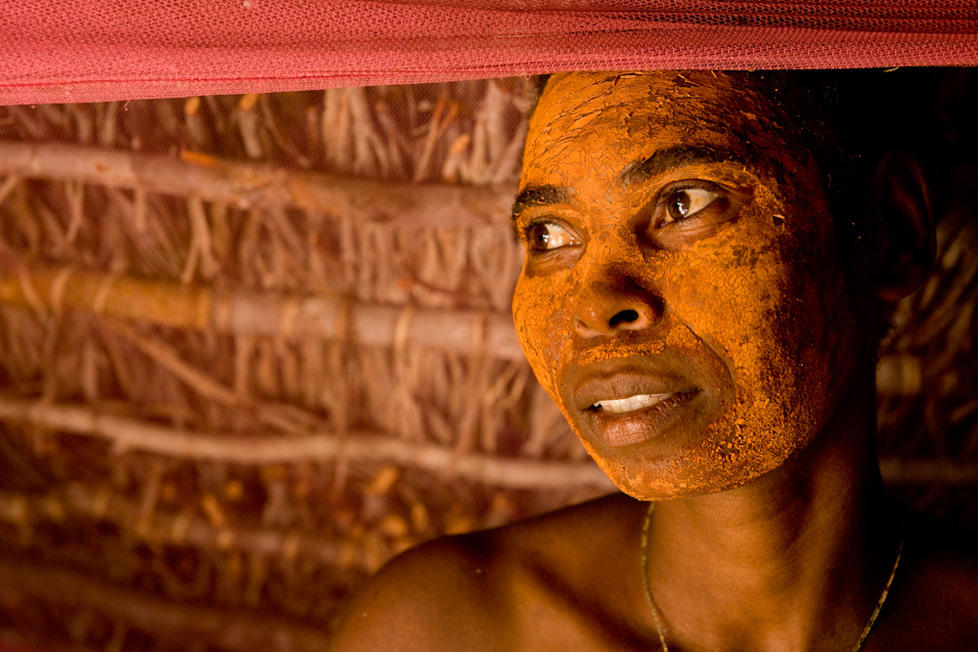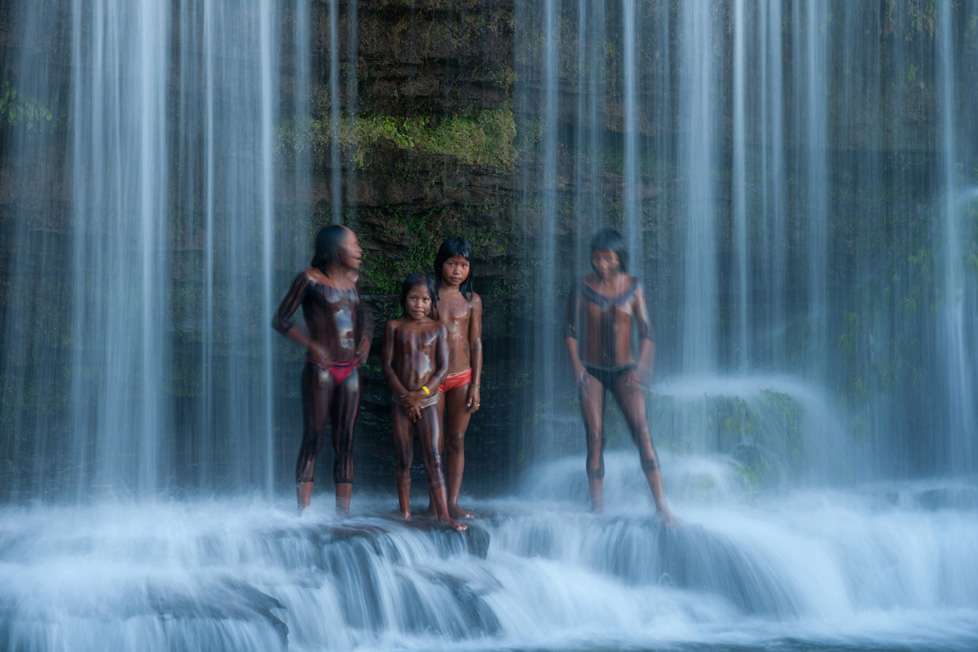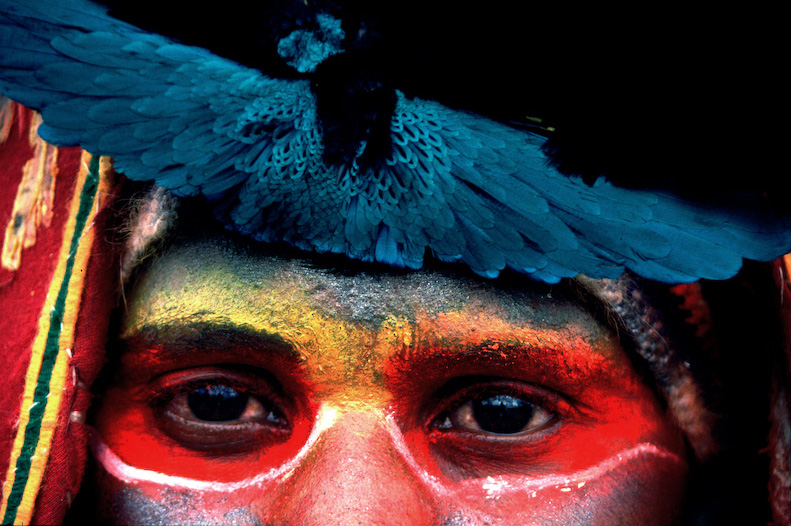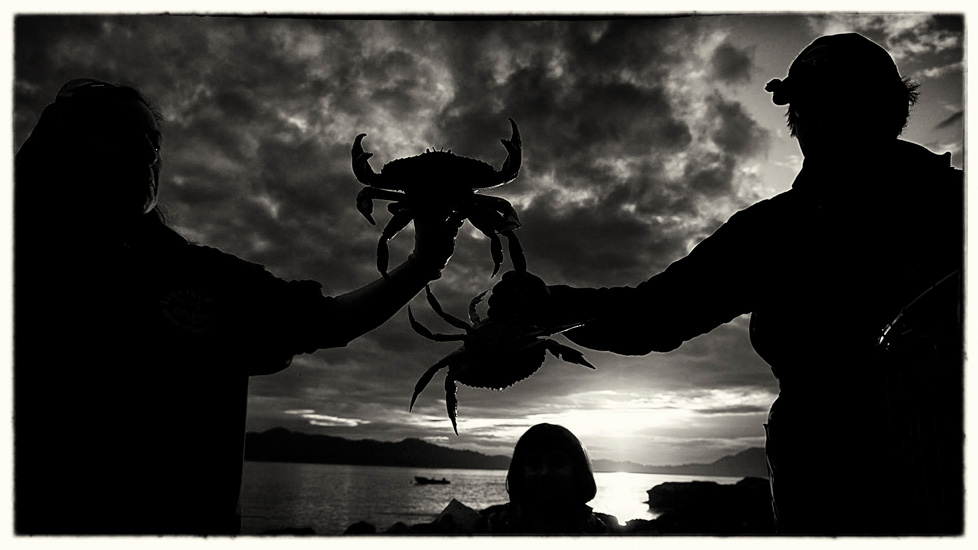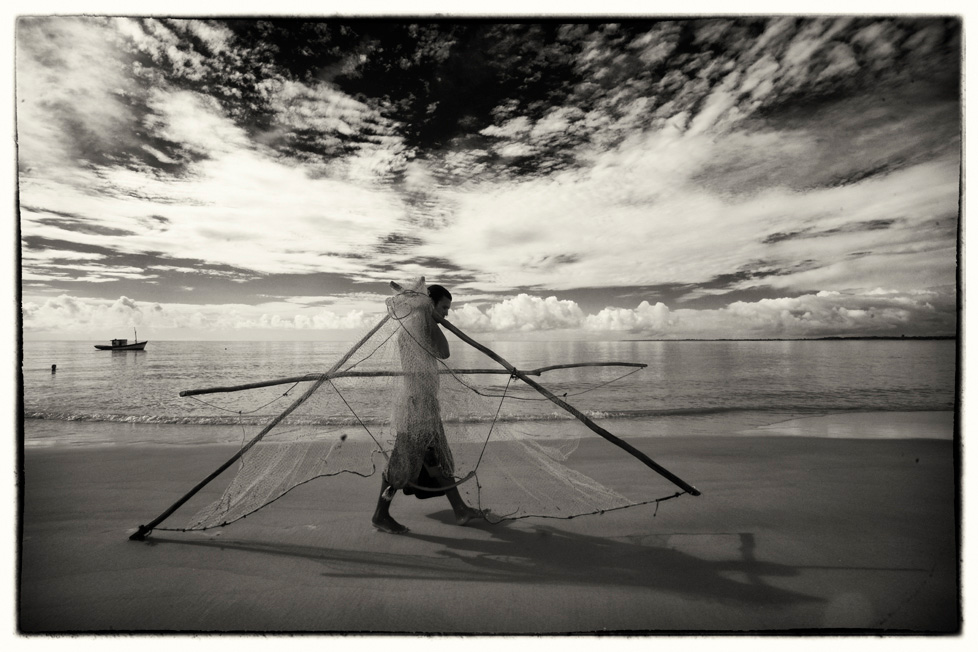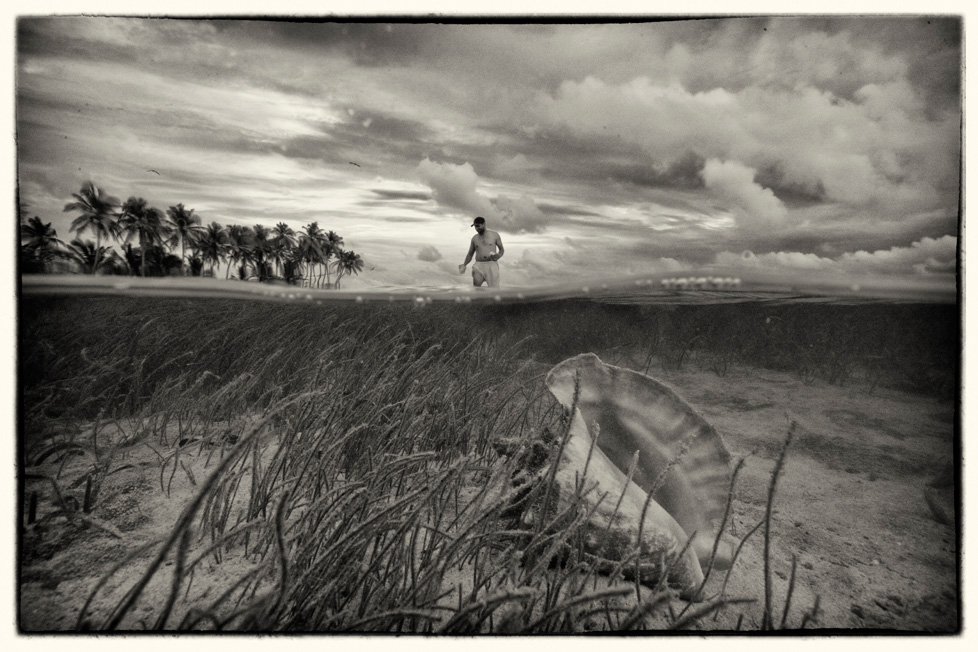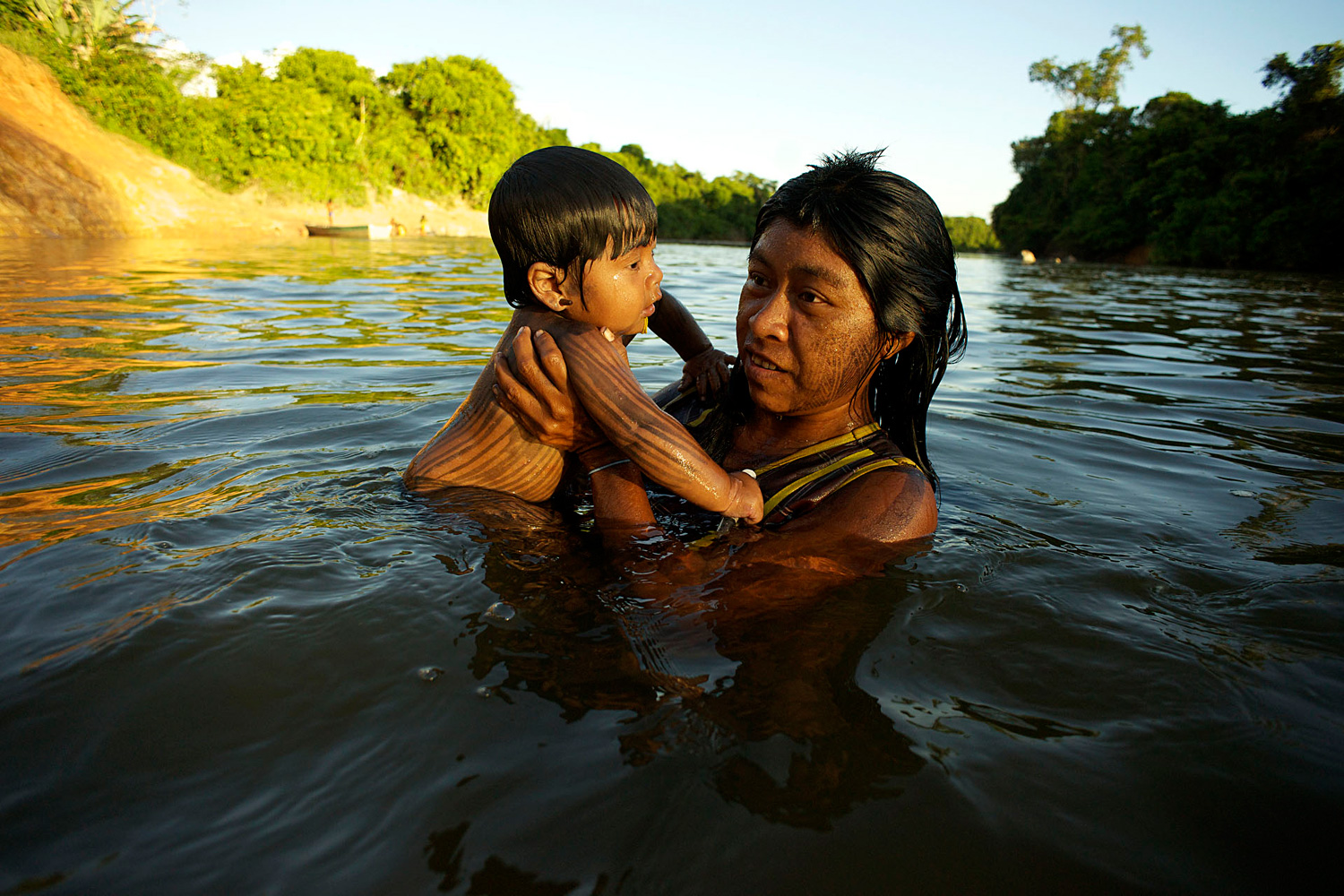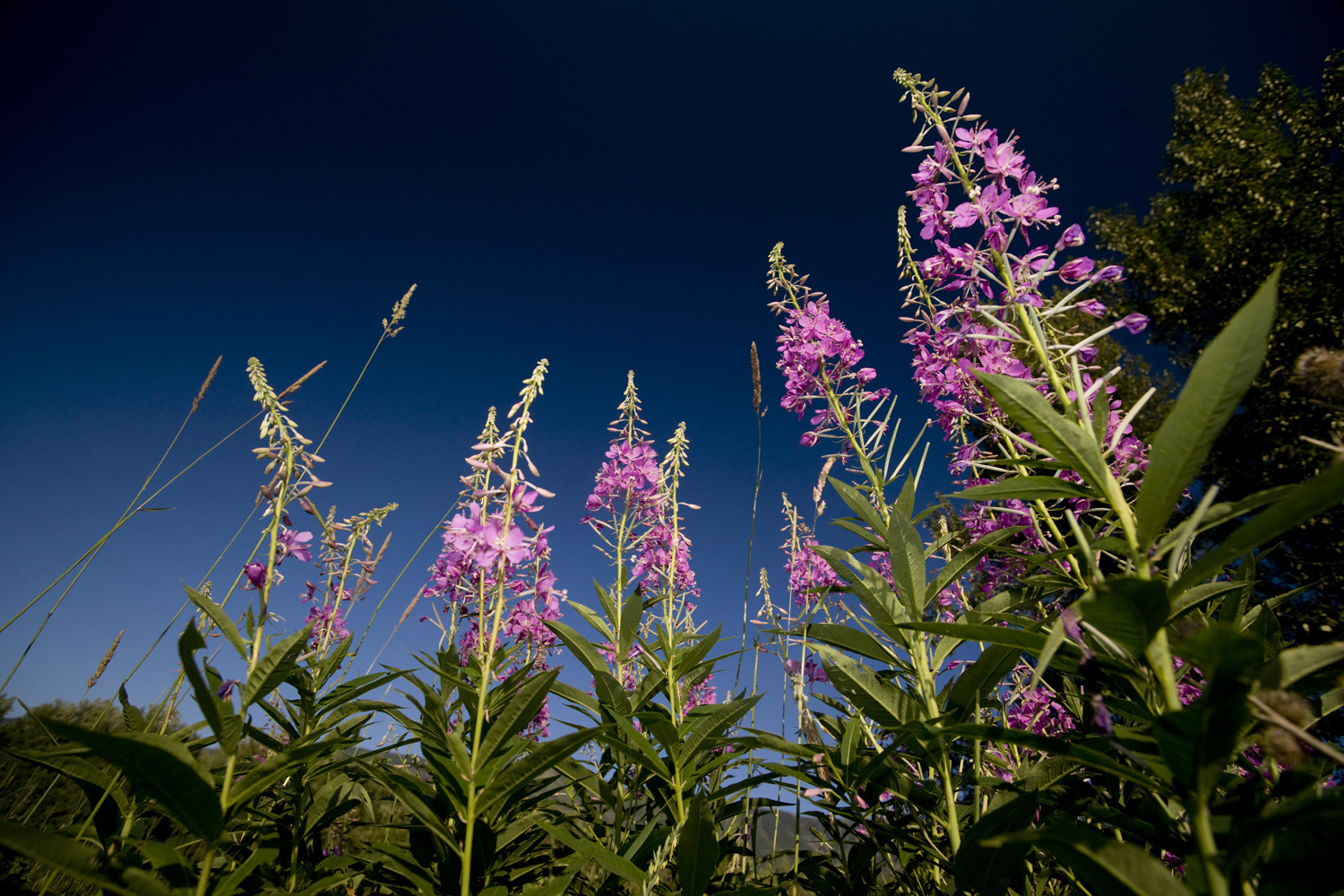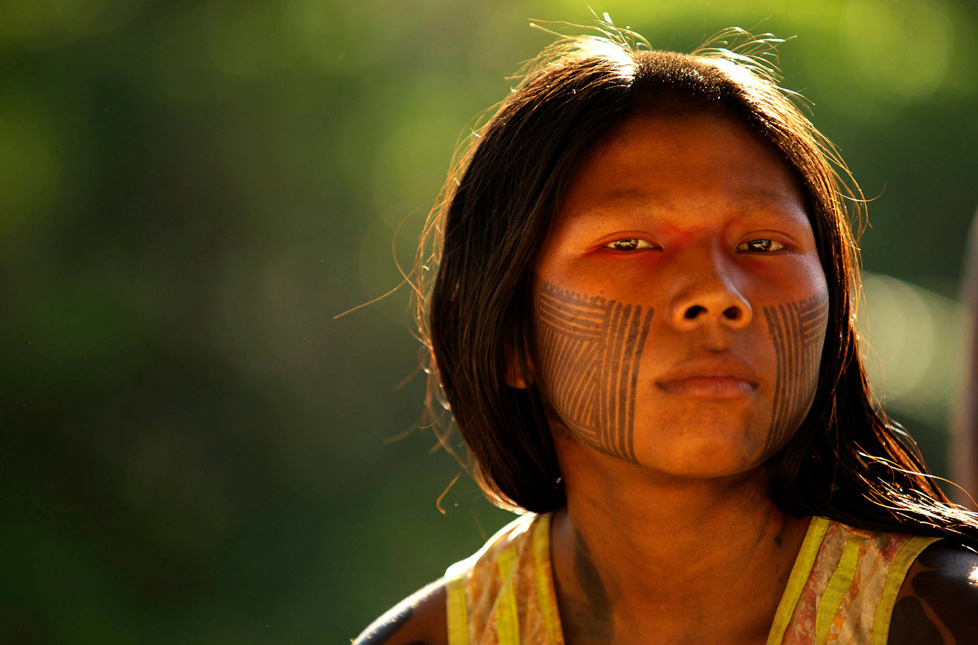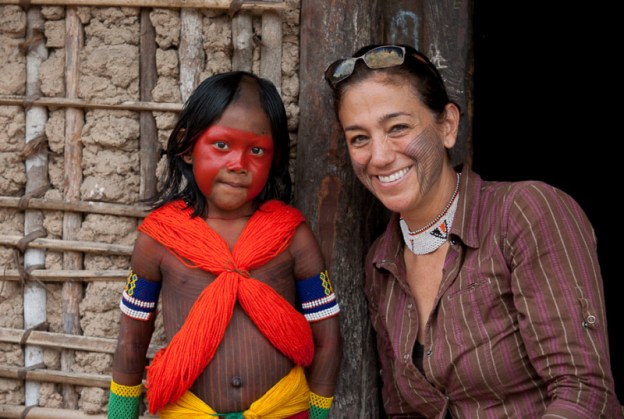 As the founder of the International League of Conservation Photographers, Cristina Mittermeier is one of the leading advocates who are shining light on the plight of indigenous people, endangered species, and diminishing resources through stunning, inspirational photography. But, she first picked up the camera not only because she wanted to document mankind’s impact on the planet, but to escape her kids for a while.
As the founder of the International League of Conservation Photographers, Cristina Mittermeier is one of the leading advocates who are shining light on the plight of indigenous people, endangered species, and diminishing resources through stunning, inspirational photography. But, she first picked up the camera not only because she wanted to document mankind’s impact on the planet, but to escape her kids for a while.
“I studied to be a chemical engineer with a major in marine sciences,” said Mittermeier, who spent her early years in Mexico. “I got married and moved to the United States, and I had three kids. (Photography) was a way to get out of the house.”
While she may be following in the footsteps of the likes of Ansel Adams and many others who came before her, Mittermeier is actually credited for bringing conservation photography into the modern spotlight. By founding the ILCP, she has given conservation photographers a platform for not only their work to be seen, but also their voices to be heard. Her work highlights many of today’s environmental and social problems, including the disruption of indigenous communities in the Amazon.
After serving as ILCP’s president since 2005, Mittermeier is now forming an organization to shed light on water and sea change, a cause she is working on with her partner, photographer Paul Nicklen. We chatted with her about why her advocacy work is so dear to her and how she is using her photographs to bring the Earth’s issues to the public.
What makes a conservation photographer more than just a nature photographer?
I went to a lot of nature photography conferences. The nature photographers there were talking about shooting in blinds. They were interested in the lenses, the cameras, and the technical gear.
I saw that there was an intersection between humans and nature. I thought maybe there is a type of photographer who has the courage to step away from the camera, and that’s what got me thinking about (conservation photography).

Real conservation photographers take the steps to (capture images) that can make people do something, making the case for why these areas are so special. It’s almost unfathomable for me to photograph somewhere and not do everything I can to help that place.
There are people who focus on polar bears, eagles, humpback whales – it spans the whole range. In my case it was the indigenous people’s rights.
How has founding the International League of Conservation Photographers advanced the cause?
When I created the ILCP, there was a perception that being an environmental photographer tied you to Greenpeace. I created the ILCP to be a platform, but I also wanted it to be an organization that could raise funding for projects. I think it attracted a lot of very passionate photographers. The real neat thing about it is that a lot of photographers that never thought of themselves as conservationists were able to wear this label with a lot of pride.
I think the biggest contribution the organization made was that it created an army of photographers who saw an avenue: to create work that conserves life on earth.
A lot of your work is about people and places far away. In terms of conservation, why should they matter to people in the West?
I think people in the West – people in urban areas – have forgotten that our fate is tied to the people in remote places. We have nowhere else to go.
I try to tie my photography to the people with a close relationship with nature. You encounter communities that are reliant on nature. Their water doesn’t come out of a faucet. It’s a complicated thing. I try to put a human face on some of those issues.
But conservation isn’t just about these remote places or indigenous groups, right? There are local issues.
People in the city of New York don’t realize that most of the water that New York City consumes comes from the Catskills. Most people don’t know about it. Those battles play out locally, and the people outside of the area don’t hear about it, and I think it matters to everybody.

Was there anything in your childhood or past that helped influence you in the work you do today?
I grew up in Mexico, and Mexico still has a very large rural and indigenous population. So I always felt comfortable with that setting. Surprisingly, I haven’t spent much time photographing in my country. I would love to go, but right now it’s a little dangerous.
What are some pressing issues in conservation that you are dealing with at the moment?
The big overarching one is climate change. The issue of extinction is huge. Once we lose a species we don’t get them back.
And the issues surrounding fresh water – it’s home to countless species. The one I’m passionate about is the ocean. I think people don’t realize how much trouble the ocean is in. We see the thin blue line and everything on the beach. We don’t see the fisheries, whales. There are a billion people on this planet that rely on marine protein every day. As those resources are exhausted, the planet becomes poor. I think people don’t realize that the ocean is the most important resource we have on earth. It’s just now starting to become more prominent, but only one percent is being protected.
Part of my initiative for the next 10 years: I’m working with my partner – he’s an underwater photographer – on an initiative to preserve the oceans. We are launching and hoping to have it up and running by next year. We are starting to build proposals and raise money for a very lofty project that will hopefully consume our lives for the next 10 years. It’s our small contribution to give a voice to the ocean.
Has technology helped or hindered the work of a conservation photographer?
Cameras today are such incredible computers. They are so powerful in what they do. I try not to struggle with my equipment or struggle with my photography. I try to use it to my advantage. Photography is a very simple form. The more stuff you bring, the more stuff you carry with you, the more chances you have for something to go wrong. So I keep it simple.
The more stuff you have, the more intimidating you become. I want to be a fly on the wall. The less you have and not being too loud…I like disappearing into the woodwork and people forget you’re there. I think photographers, especially the up and coming, fall into the trap of the gizmos.

Becoming less intrusive is really just bringing less. For all those photographers fascinated by the newest, brightest and flashiest, I think you’re better off spending time understanding the gear you have.
Tell us a bit about your relationship with Sony.
Sony approached me in 2008. Just out of the blue they sent me a box of cameras and lenses, and wanted me to try them. There was no expectation. (When I was studying at the Corcoran College of Art and Design), I was shooting with a medium format camera, including a Hasselblad. The Sony equipment was the closest. It has such a large sensor.
They invited me to become one of their Artisans of Imagery, a small group of artists. I think what Sony saw in me was a green photographer, a passion for conservation. They have been supportive of all of my crazy initiatives, passion for wildlife and nature.
As part of the program I also do public speaking. I am going to be speaking at the TED Women conference. They’ve asked me to talk about my work, and how I found my voice as a photographer, being a woman.
What type of gear do you use for work?
I’ve been using Sony’s Alpha series for the most part. I spent several years shooting with the Alpha 900. They just came out with the A99. I use those two cameras almost exclusively. I fooled around with the NEX, which you can put in your pocket.
I shoot with a 24-70mm, my all-around lens. I also shoot with a wide angle 16-35mm, and a long angle lens. I have a small set of flashes.
Because I travel to such remote places, I try not to bring a lot of stuff. All my gear is redundant. I carry two of everything.
How does the equipment hold up in such remote locations?
That’s one of the things that I’ve been amazed by Sony. The equipment is so reliable. The only time I fell into a real pickle was when I fell in a river and got wet. Things stopped functioning. I was able to send the gear back to Sony, and they were able to repair and send them all back. Two of the lenses that I had, I put them in a bag of rice, dried them out, and they started working. I really abuse my gear and it’s just remarkable and reliable.
In your career as a photographer, what are some memorable moments?
It’s twofold. For me there’s always the magic you feel out there in nature. You feel vulnerable, in nature and with all these creatures. Visiting with remote communities that are self-sustainable, surviving in nature. It’s when their resources are being taken away, like with communities in Brazil. The country is building a dam. The people protecting the forests are going to become beggars in the city. They know something big and scary is coming. They live in small cities around the Amazon, and they don’t really understand what is happening. But we do. We have a voice and can say things about it, and I use my work to do that. I think these projects only go forward when the public doesn’t know about them. When you can bring your lens to bring focus to the light, the power of photography steers conversations in a direction that can change the fate of an entire forest and community.

What do you do during your downtime, when you’re home in between trips?
When I’m home I like going back and looking at those files again. You have pieces of treasure you’ve forgotten about. I am not somebody to take a lot of downtime. I recently picked up skiing, I do kayaking and hiking, and British Columbia, where I live, is great for that.
What’s on your gadget wishlist?
I need an underwater housing for my A99. It’s such a small market; the big underwater housing manufacturers make housings for larger markets.
(Copyright images via Cristina Mittermeier)
